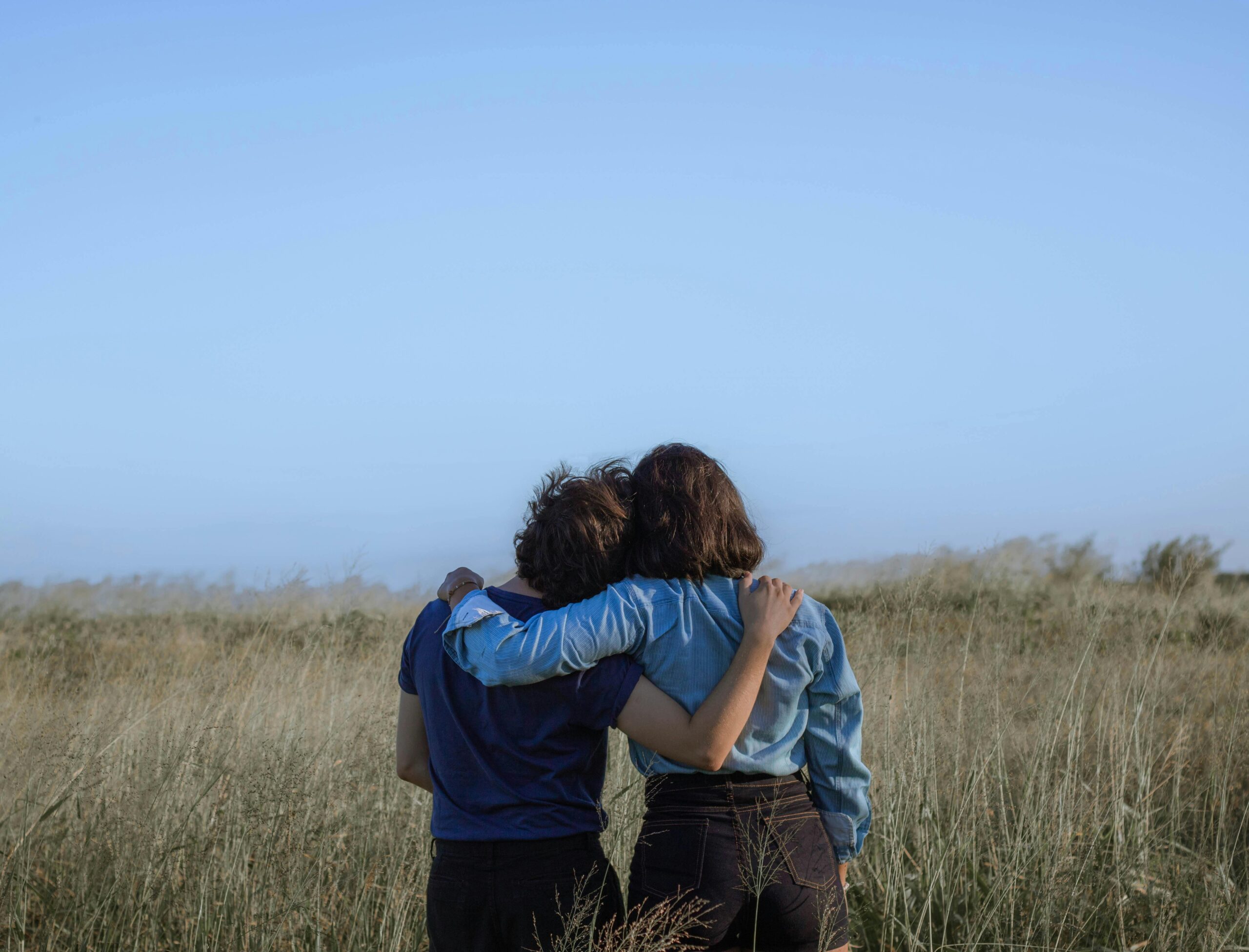
By Ames Sheldon
It’s easy to forget what life was like for women before birth control was readily accessible. But in Massachusetts, it took nearly one hundred years for women to be able to obtain birth control legally.
The federal Comstock Laws of 1873 outlawed contraceptive information and devices, declaring them obscene. Massachusetts passed similar state laws soon thereafter.
In July 1916, a young socialist named Van Kleek Allison stood outside the door of the North End Candy Factory and as the whistle blew, while young women filed out, he handed them pamphlets entitled, “Don’t Have Undesired Children.” He was promptly arrested for distributing obscene literature. Blanche Ames Ames and others quickly established a committee to defend Allison. On August 12, Allison was indicted and he appealed. By August 15 the defense committee changed its name to the Birth Control League of Massachusetts, becoming one of the first birth control leagues in the nation.
Birth control was a radical cause for a privileged woman like Ames, but she believed passionately that women had to gain control over their own bodies and lives.
Members of the Birth Control League became targets of considerable abuse and notoriety. Newspapers printed their pictures and gave details of Allison’s trial and remarks by District Attorney Joseph C. Pelletier, who called them “Women of the idle rich who prefer poodles to babies.”
Sermons denounced members of the Birth Control League as a menace to society. Ames began receiving letters from women writing in support of their work. One 27-year-old mother of five children wrote that the Roman Catholic Church used “fear, fear, fear all the time to compel Catholic women to bear unwanted children and thereby destroy their health.”
After Allison was convicted, the Birth Control League of Massachusetts elected Ames as President and Dr. Mabel Austin Southard and attorney Prescott F. Hall as Vice Presidents. The League held rallies, public meetings, and debates, and they contacted nine hundred women’s clubs to recruit supporters.
They lobbied twenty-five legislators as possible sponsors of bills to overturn the laws banning contraceptives and contraceptive information, believing this to be a free speech issue. By January, 1917, each legislator who’d been approached had refused.
Ames, who was an artist and a botanical illustrator, took a penis she had carved out to Commonwealth Avenue in Boston and demonstrated how to apply a condom. She was promptly arrested.
In May, 1917, the Supreme Court of Massachusetts upheld Allison’s conviction and sentenced him to three years. Chief Justice Rugg said, “Manifestly these statutes are designed to protect the public morals…Their plain purpose is to protect purity, to preserve chastity, to encourage continence and self-restraint, to defend the sanctity of the home…The subject matter is well within the branches of the police power of the State.”
In April 1918 the League voted to open a clinic, but these were the most active years of the woman suffrage movement. After women won the vote in 1920, it was difficult to arouse interest in birth control work.
Then on February 9, 1928, Dr. Antoinette Konikow was arrested by two Catholic police-women for a lecture and demonstration of contraceptive methods before patients and friends in her office. In order to defend Dr. Konikow, the Birth Control League of Massachusetts was revived and the former officers were re-elected. Dr. Konikow’s defense was that she was not exhibiting contraceptive devices within the meaning of the law but using them to illustrate a scientific lecture and warn against possible injuries to health. Judge Creed decided that Dr. Konikow was not guilty under the statute for she had not been advertising or exhibiting in the legal sense.
Then the League attempted to get the law modified to exclude physicians from its application. On December 30, 1930, Mr. Parkman introduced the Doctors’ Bill, seeking to change the law so that patients could consult physicians and physicians could give advice. The bill was presented in the form of a petition signed by 1,300 doctors, 400 ministers, and 7,000 laymen, and it was endorsed by the Massachusetts Federation of Churches.
On January 7, 1931, Representative Herbert P. Shaughnessy wrote to Ames, “Dear Madam: Your letter on Senate Bill #43 [the Doctors’ Bill] received and contents carefully noted. Personally, I believe that you have a nerve to attempt to foster such a bill on the people of this Commonwealth. I am glad you brought same to my attention because now I’ll take the floor of the house and denounce you in every way, shape, and manner for attempting to coerce me with such vicious propaganda.”
In hearings before the Public Health Committee in 1931, physicians testified about the medical need for giving contraceptive advice to save life or to cure or prevent disease. The opposition declared that “passage of the bill would lead to widespread immorality… it would not be safe to entrust the right to give advice to the medical profession as a whole because the medical profession is of such low order… the birth control movement is undoubtedly supported by Soviet gold.”
Although this is terribly obvious, it must be said that male legislators in Massachusetts did not have the same personal investment in birth control that women do.
Ames was so frustrated that she hired a model to stand against a cross and started to work on a triptych depicting the crucifixion of women.
In February 1932 a group of physicians appealed for funds to establish the Brookline Mothers’ Health Office, a clinic in which to introduce contraceptive advice and other health services needed by married women. By June the clinic, supervised by the Medical Advisory Committee of the Birth Control League, was receiving patients. Medical and social service agencies and hospitals immediately started referring women to this clinic. Over the next few years, new clinics were opened in Worcester, Fitchburg, Salem, New Bedford, and the South End in Boston.
During these years, Ames was making illegal diaphragms in her home using darning rings and liquid Latex in four different colors (indicating four different sizes) and she cooked up recipes for spermicides to accompany the diaphragms.
In 1937, police came and closed down the Brookline Mothers’ Health Office, despite the fact that that clinic had been recognized as one of the best in the United States. The League’s other clinics were closed down by the police as well.
Further efforts were made to change the Massachusetts law. In a 1940 poll of Massachusetts citizens, 82 percent supported contraception. Nevertheless, the Massachusetts legislature defeated the Medical Rights Initiative again and again.
By 1945 the Birth Control League changed its name to the Planned Parenthood League of Massachusetts. During the 1950s, the Massachusetts League sent women seeking birth control services to the Planned Parenthood clinic in Providence, provided transportation for them, and paid that clinic $3 per client. In fact, 40 percent of the Providence clinic clients were residents of Massachusetts.
One woman wrote Planned Parenthood, “Is there any way possible for me to never become pregnant again? I mean until I die. We have been married for five years. I have had five children and one miscarriage…As long as I’m physically fit, I can have more babies every year. I have a moral obligation to the five I have. I think I should rather end my life than go through another pregnancy and bring another child into the world where it cannot be cared for properly.”
Meanwhile, in 1953 Katharine Dexter McCormick, the second woman to graduate from MIT, started funding the research to develop the first birth control pill, for she believed it was necessary to put contraception into women’s hands. McCormick contributed more than $2 million to finance the first oral contraceptive pill that was developed illegally, in secret, by Dr. Gregory Pincus and Dr. John Rock in a small lab on the outskirts of Worcester.
By 1965, forty-six states across the country offered their citizens legal birth control services, but Massachusetts did not. It wasn’t until 1966 that Massachusetts became the last state in the nation to legalize the provision of contraceptive care, but only to married women with a prescription.
Six years later the U. S. Supreme Court declared the Massachusetts birth control law unconstitutional, making Massachusetts the last state to legalize the distribution of contraceptives for all women upon request.
At last! Finally, the women of Massachusetts could obtain legal birth control. That makes all the difference in a woman’s being able to determine the course of her own life.


Ames Sheldon is the award-winning author of LEMONS IN THE GARDEN OF LOVE, a historical novel inspired by Blanche Ames Ames, her great-grandaunt.
















